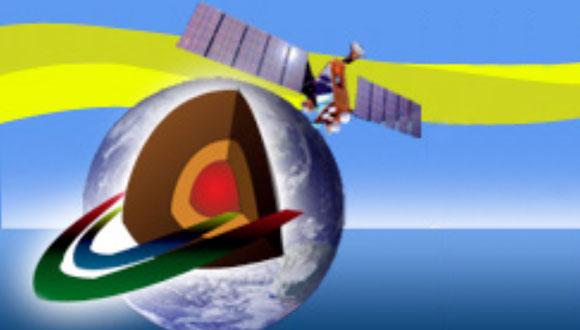סמינר בחוג לגיאופיזיקה: The development of the new GEOS-MITgcm atmosphere-ocean model for coupled data assimilation system
Dr. Ehud Strobach, University of Maryland and NASA GMAO
Abstract:
During the last two plus decades, The Goddard Earth Observing System (GEOS) and Massachusetts Institute of Technology (MIT) modeling groups have developed, respectively, atmosphere-only and ocean-only global general circulation models. These two models (GEOS and MITgcm) have demonstrated their data assimilation capabilities with the recent releases of the Modern Era Reanalysis for Research Applications, Version 2 (MERRA-2) atmospheric reanalysis and the Estimating the Circulation and Climate of the Ocean, Version 4 (ECCO-v4) ocean (and sea ice) state estimate. Independently, the two modeling groups have also produced global atmosphere-only and ocean-only simulations with km-scale grid spacing which proved invaluable for process studies and for the development of satellite and in-situ sampling strategies.
Recently, a new effort has been made to couple these two models and to leverage their data-assimilation and high resolution capabilities (i.e., eddy-permitting ocean, cloud-permitting atmosphere). The focus in the model development is put on sub-seasonal to decadal time scales. In this talk, I discuss the new coupled model and present some first coupled simulation results. This will include a high-resolution coupled GEOS-MIT simulation, whereby we have coupled a cubed-sphere-720 (~ 1/8°) configuration of the GEOS atmosphere to a lat-lon-cap-1080 (~ 1/12°) configuration of the MIT ocean. We compare near-surface diagnostics of this fully coupled ocean-atmosphere set-up to equivalent atmosphere-only and ocean-only simulations. In the comparisons we focus in particular on the differences in air-sea interactions between sea surface temperature (SST) and wind for the coupled and uncoupled simulations.
מארגן הסמינר: פרופ' איל חפץ


